If you're a pet parent to both dogs and cats—or just curious about how to treat your feline friend better—you might be wondering: Are homemade cat treats actually better than store-bought ones? Whether you're here for a quick recipe, advice, or nutritional insight, we've got you covered.
While our blog usually focuses on our four-legged canine companions, we know many of you share your homes with a whiskered feline or two. Let’s explore why homemade cat treats might be just the thing your cat needs—and why dog owners should care too!

Why Consider Homemade Cat Treats?
Homemade cat treats offer several advantages over commercial options:
-
Control over ingredients – No hidden preservatives, artificial colors, or excess sodium.
-
Customizable for allergies – Cats with food sensitivities benefit from limited-ingredient treats.
-
Budget-friendly – Save money by using ingredients already in your kitchen.
-
Fun bonding experience – Making treats at home is a great way to connect with your pets.
Quick and Easy Homemade Cat Treat Recipe
Here’s a simple tuna-based treat recipe that your cat will purr for:
Ingredients:
-
1 can of tuna in water (drained)
-
1 egg
-
1 tablespoon oat flour (or finely ground oats)
Instructions:
-
Preheat your oven to 350°F (175°C).
-
Mix all ingredients in a blender or food processor until smooth.
-
Spoon mixture into silicone molds or form tiny balls on a baking sheet.
-
Bake for 10–12 minutes until firm.
-
Let cool completely before serving.
Store leftovers in the fridge for up to 5 days or freeze for long-term storage.

FAQ: Homemade Cat Treats
Q: Can I use dog treat recipes for cats?
A: It’s best not to. Cats have different nutritional needs than dogs, especially when it comes to protein and certain vitamins like taurine. Stick to cat-specific recipes.
Q: How often can I give my cat homemade treats?
A: Treats should make up no more than 10% of your cat’s daily caloric intake. Keep portions small and infrequent.
Q: Are there ingredients I should avoid in homemade cat treats?
A: Yes. Avoid garlic, onions, chocolate, grapes, and anything with xylitol, which are toxic to cats.
Q: What if my cat doesn’t like the homemade treats?
A: Cats can be picky! Try varying ingredients like chicken, salmon, or even a bit of catnip to spark interest.
Final Thoughts

Even as a devoted dog lover, it’s important to understand the needs of all pets in your home. Homemade cat treats are a healthy, affordable, and heartfelt way to spoil your kitty—and might even inspire you to start making homemade dog treats too.
Your cat (and your wallet) will thank you. 🐾



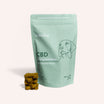

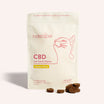
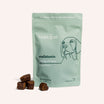
![Probiotics For Dogs [Soft Chews] - HolistaPet](http://www.holistapet.com/cdn/shop/files/Probiotic-Infographic-1_472d7a29-e30c-435a-9638-1365d8c3a9f9.jpg?v=1725384841&width=104)
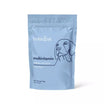
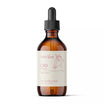
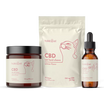
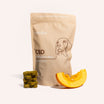
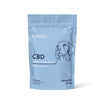


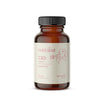
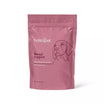




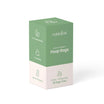



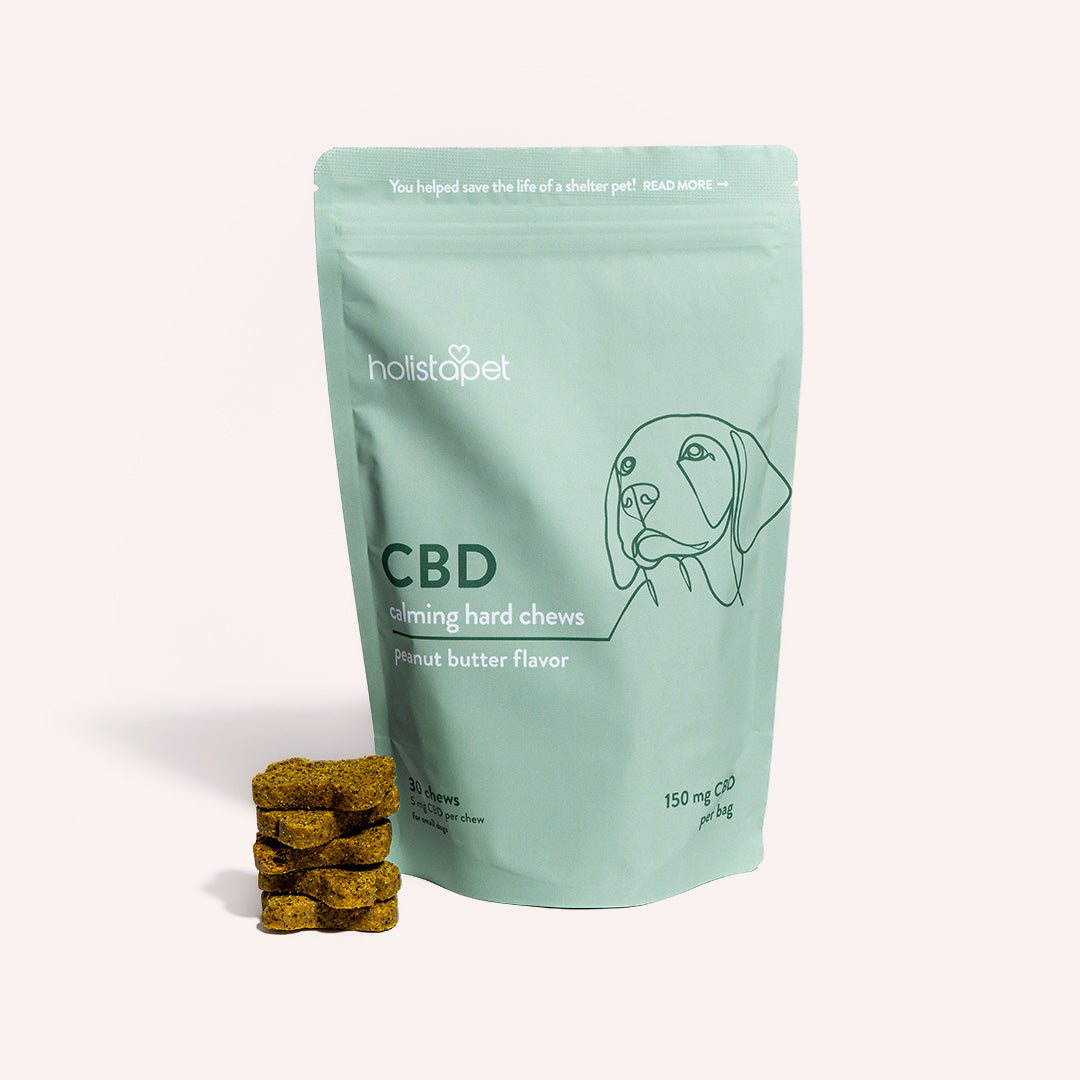

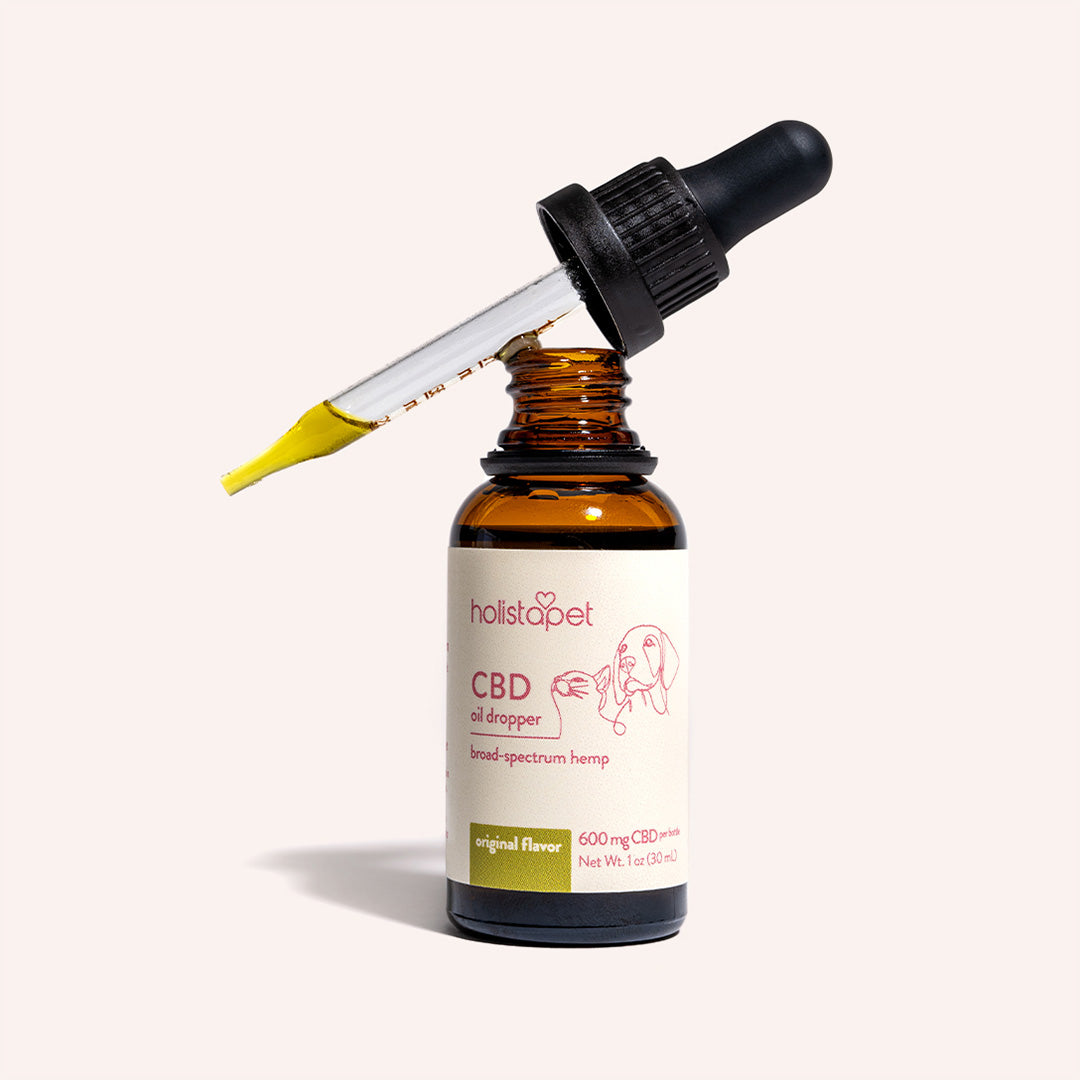
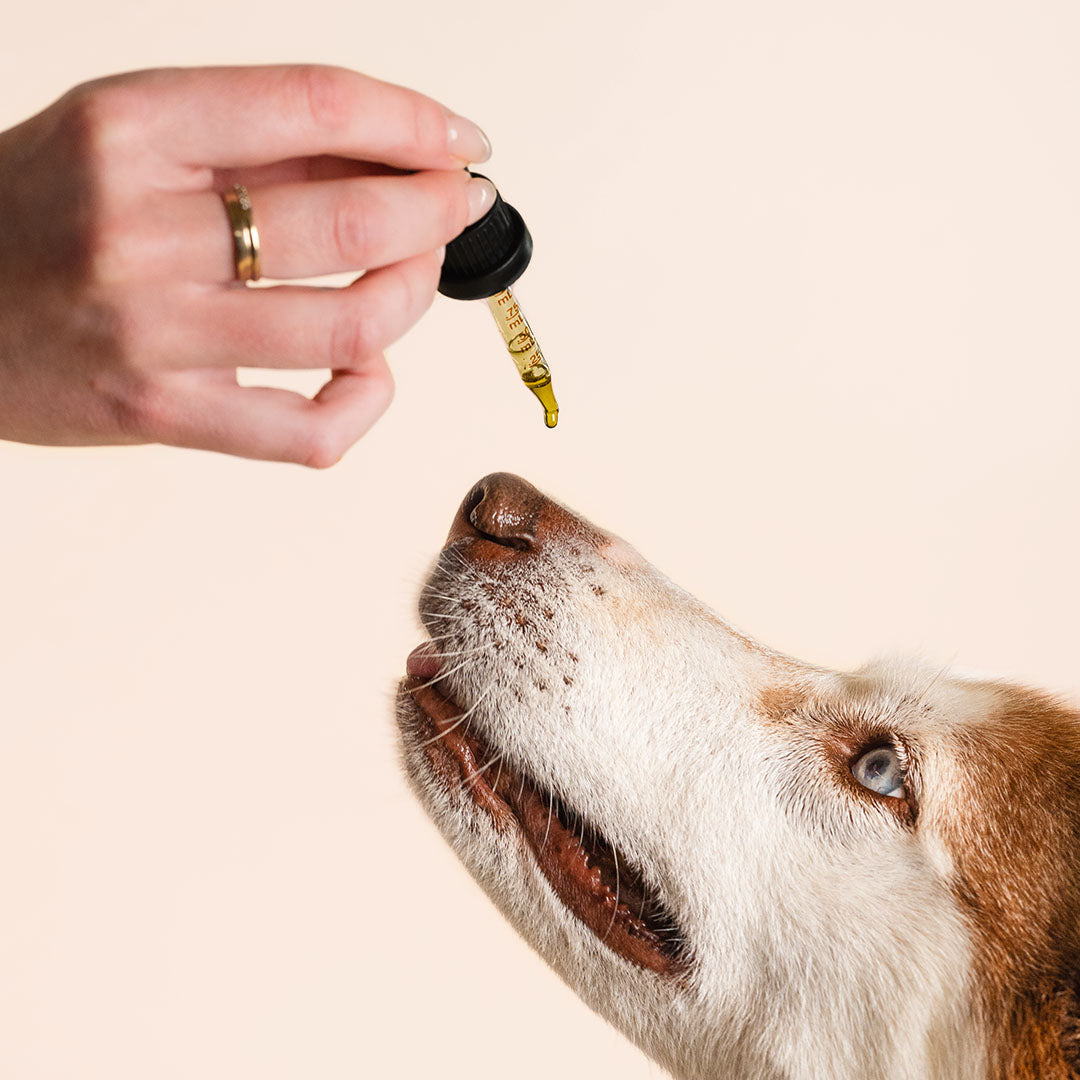

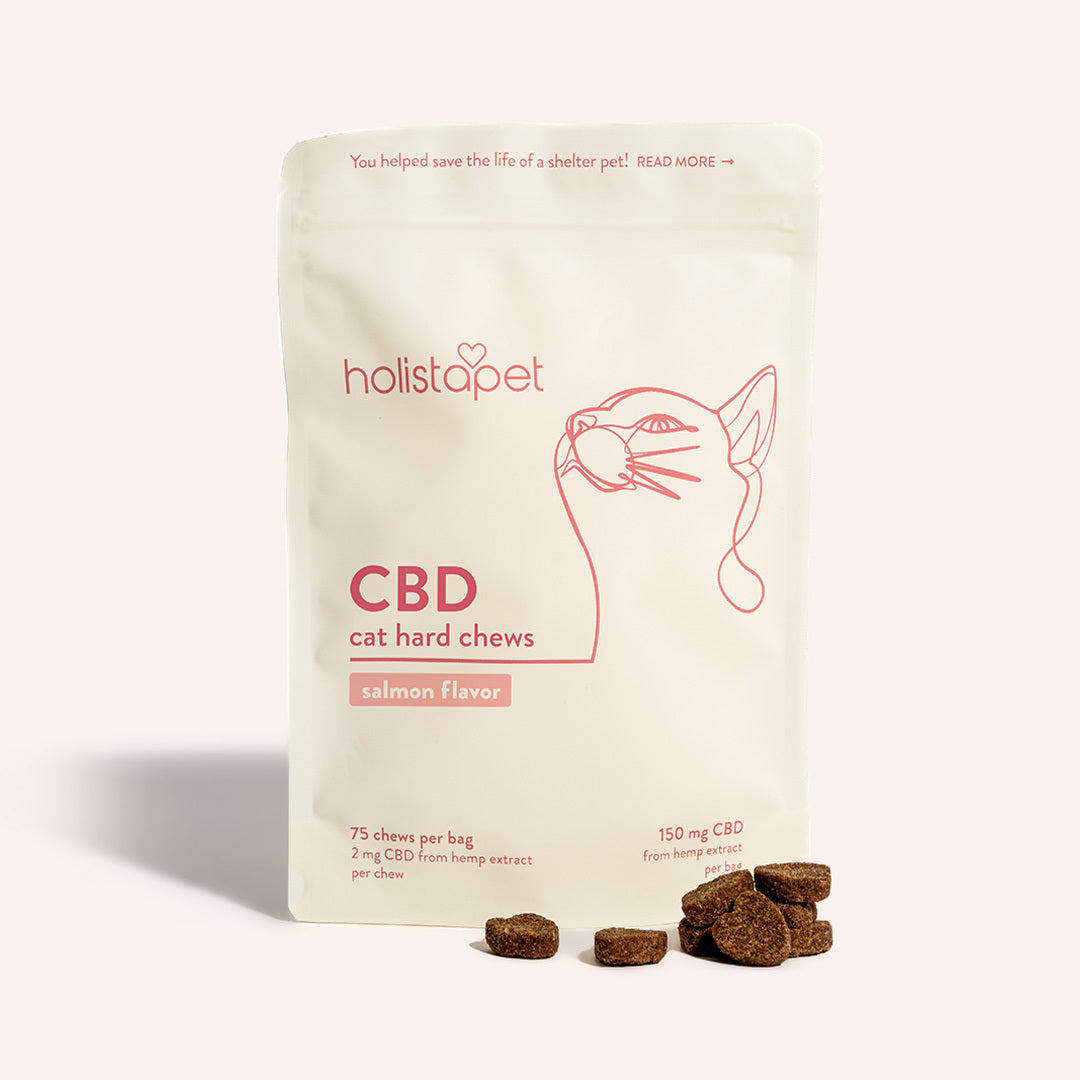
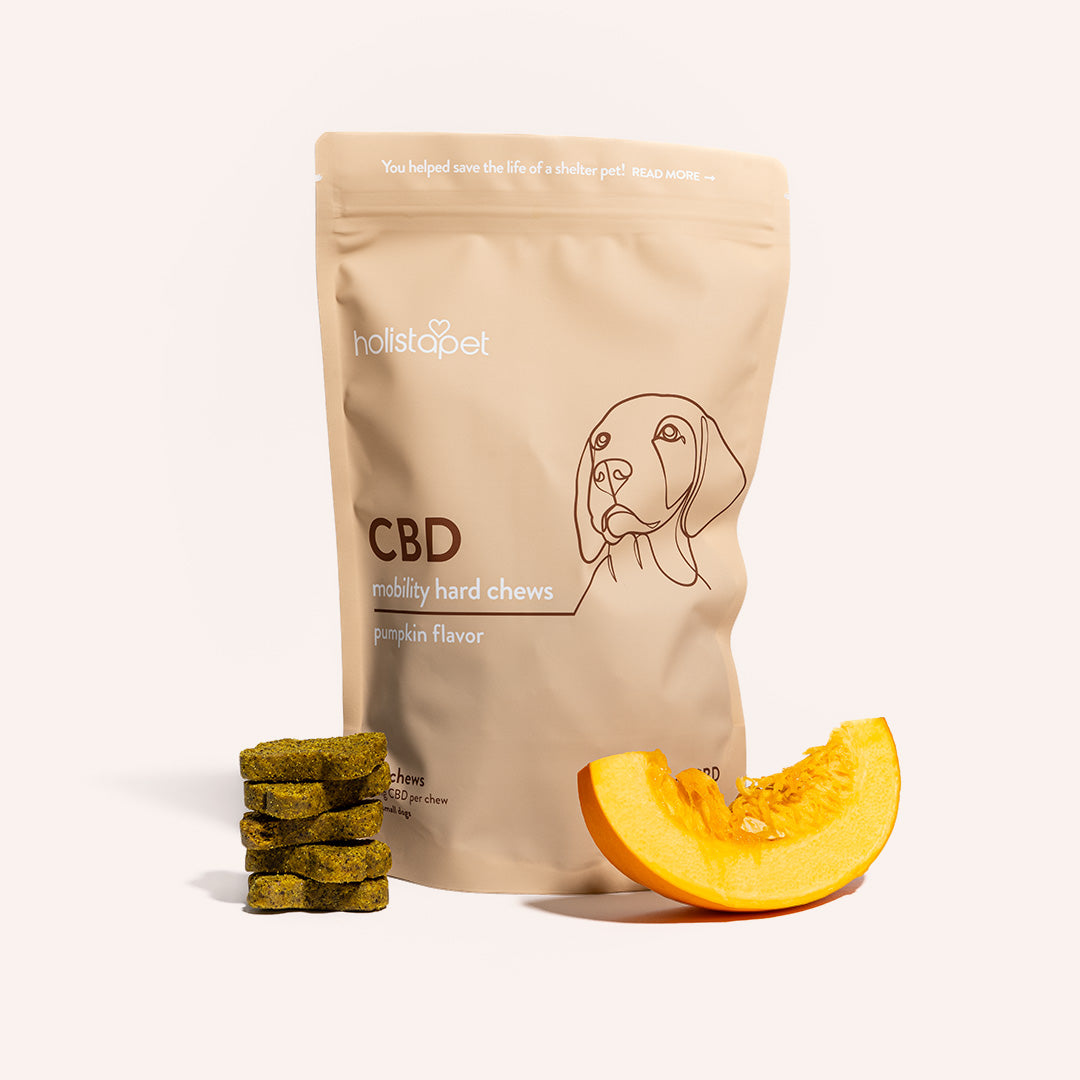


Leave a comment
This site is protected by hCaptcha and the hCaptcha Privacy Policy and Terms of Service apply.